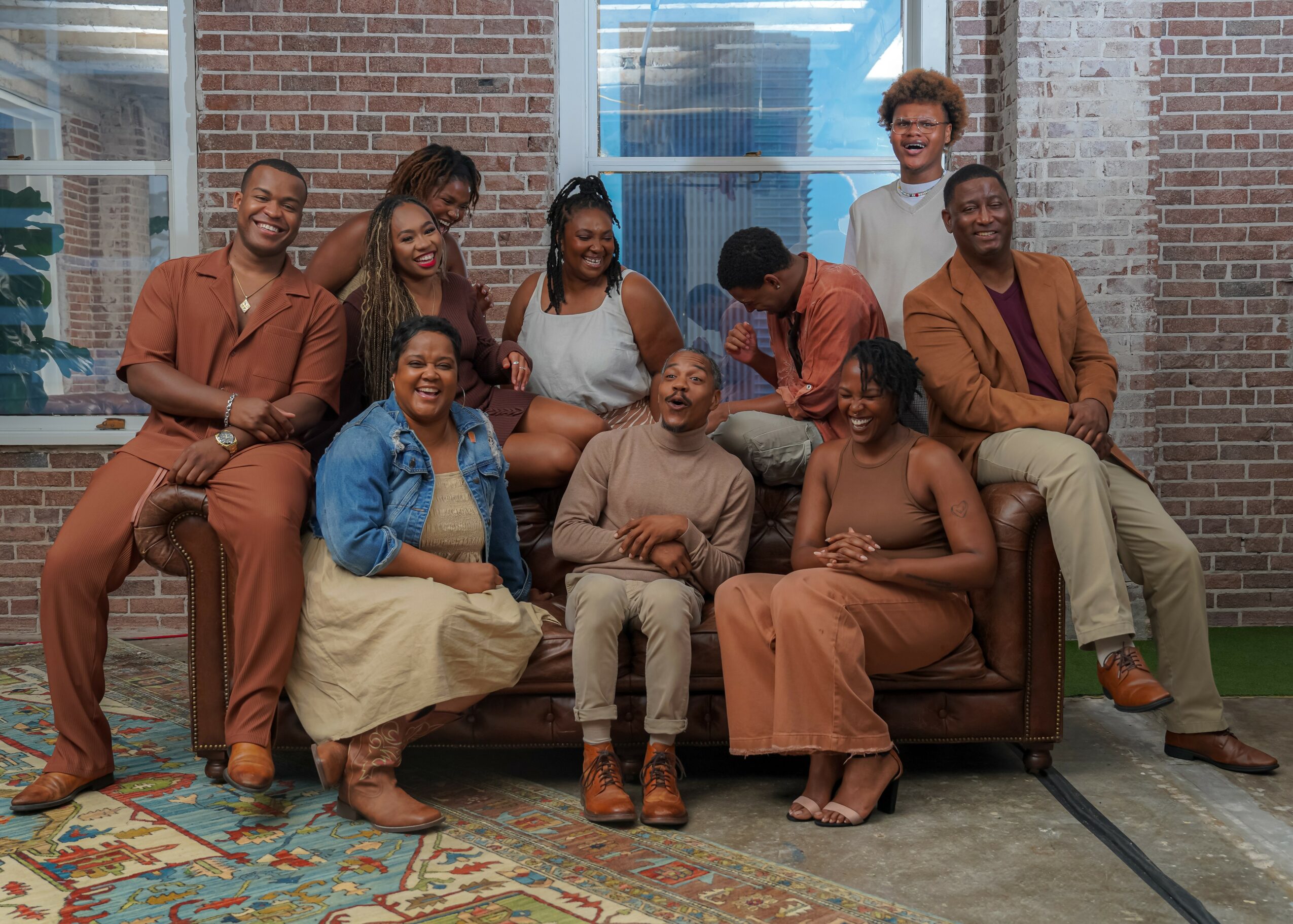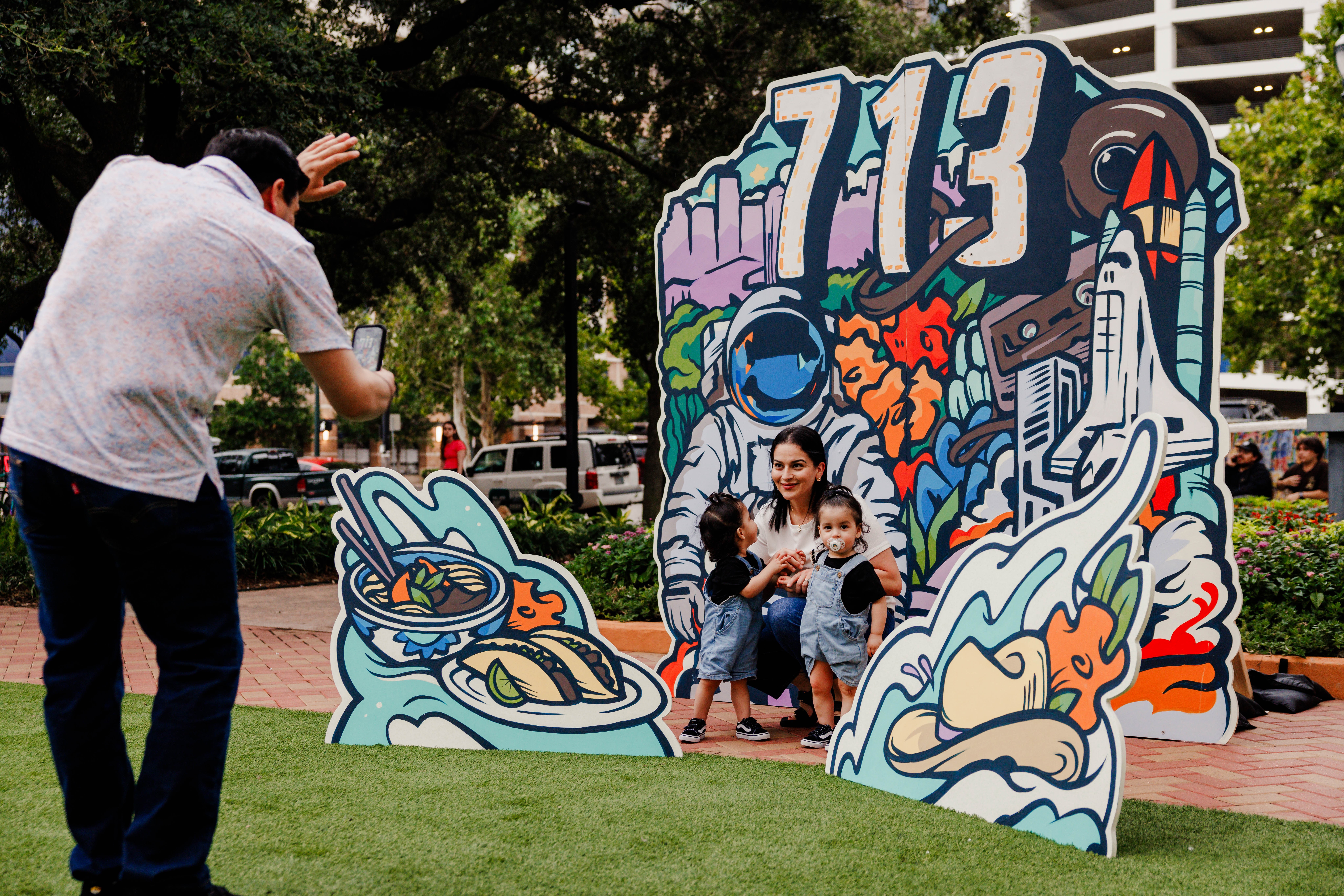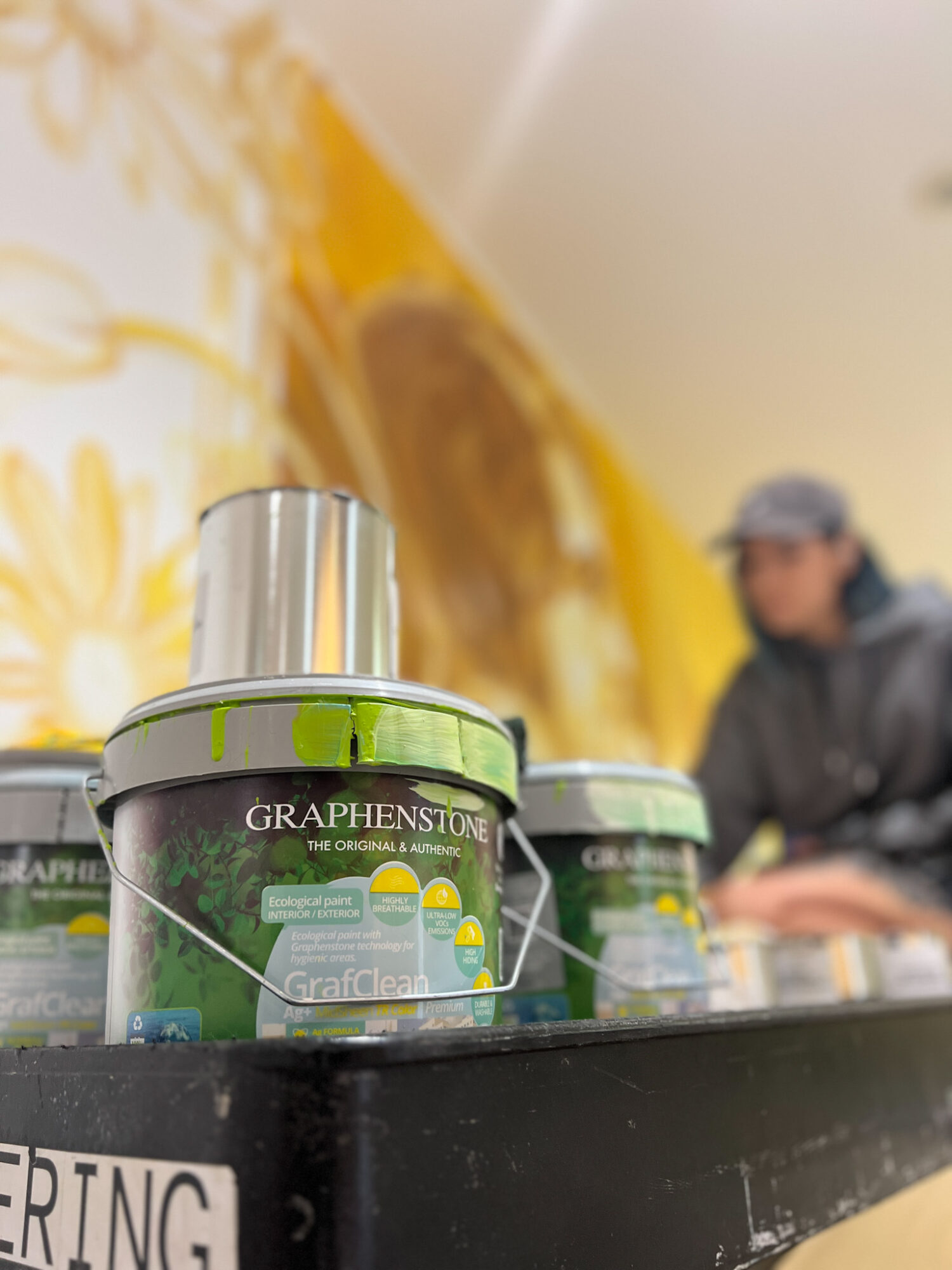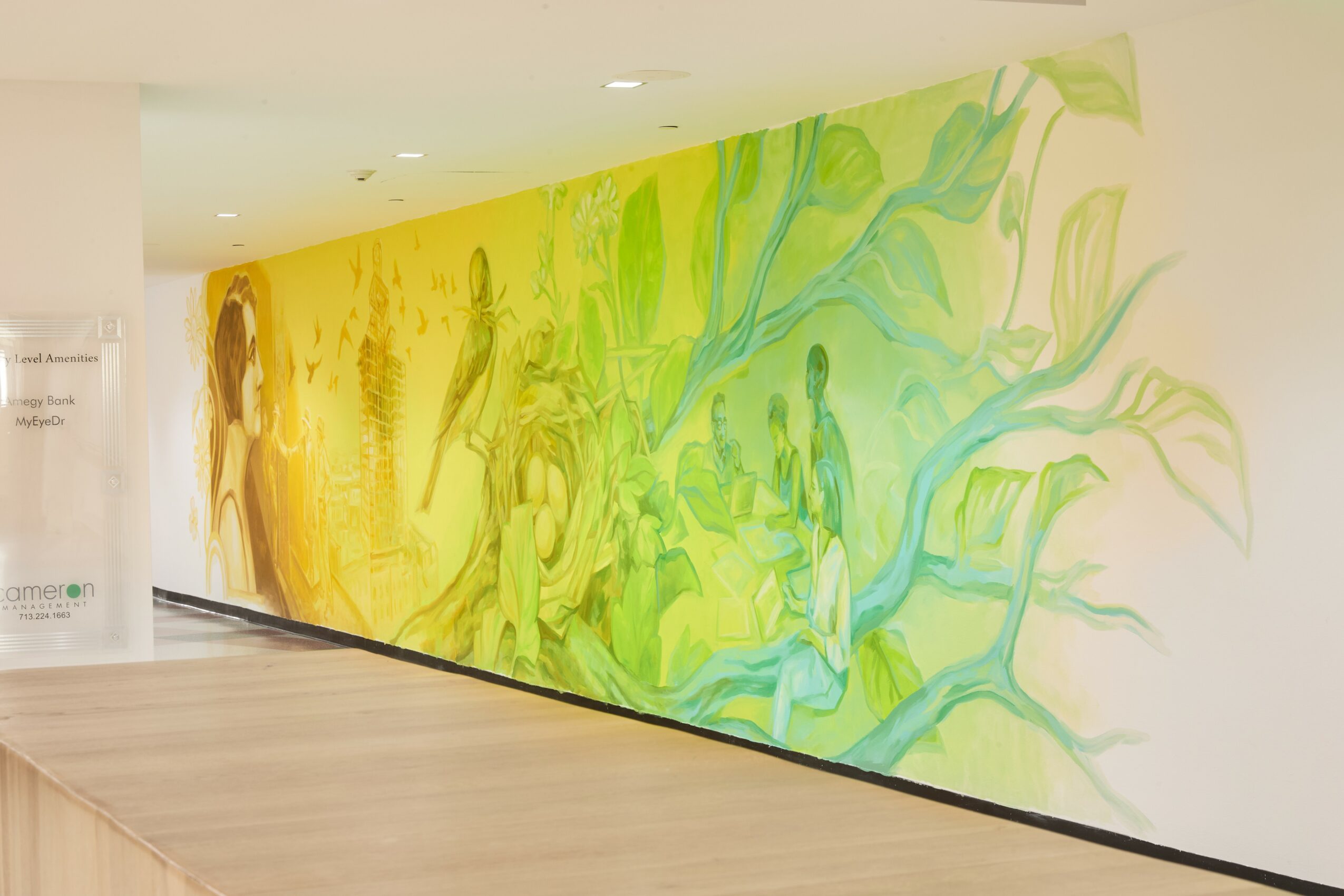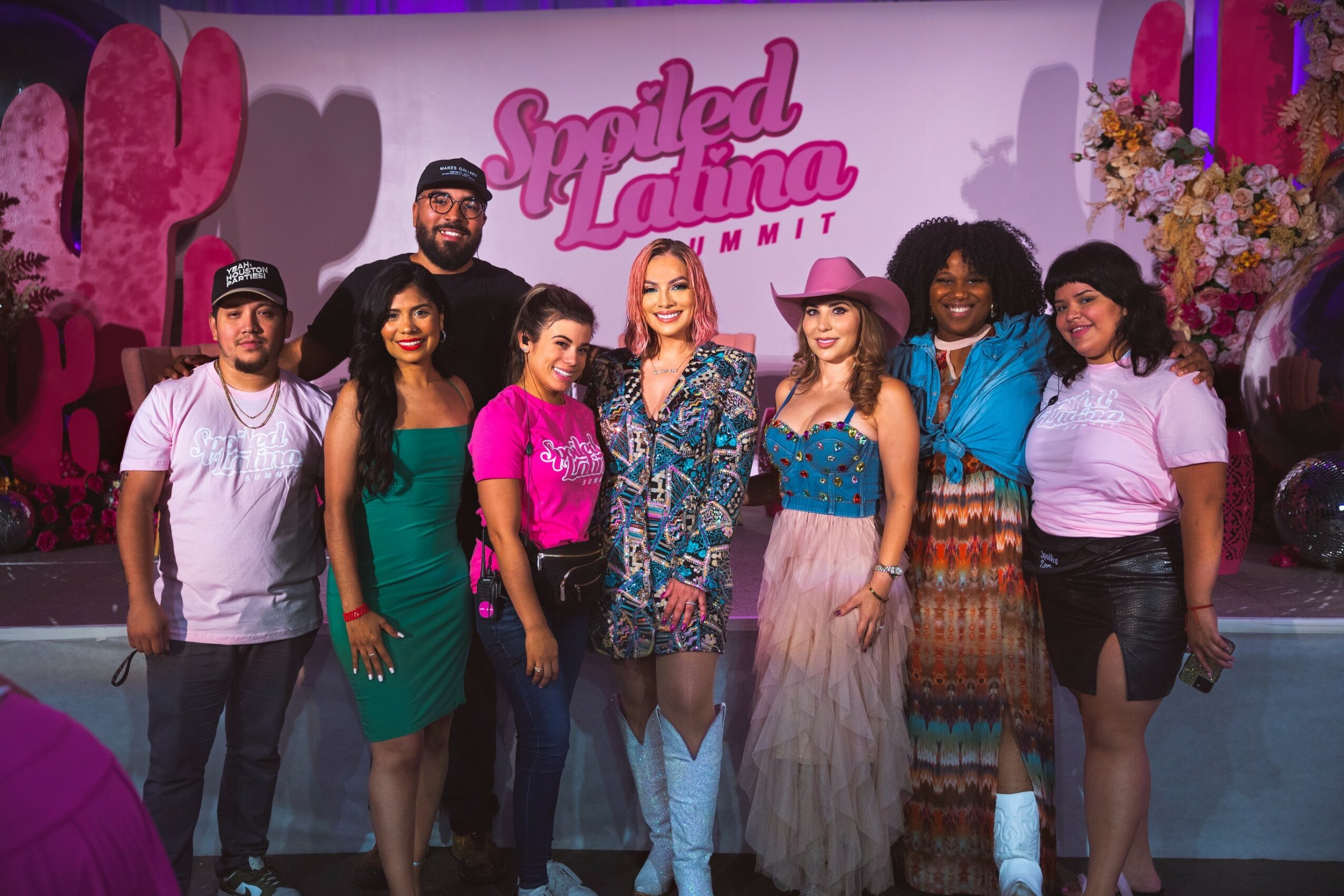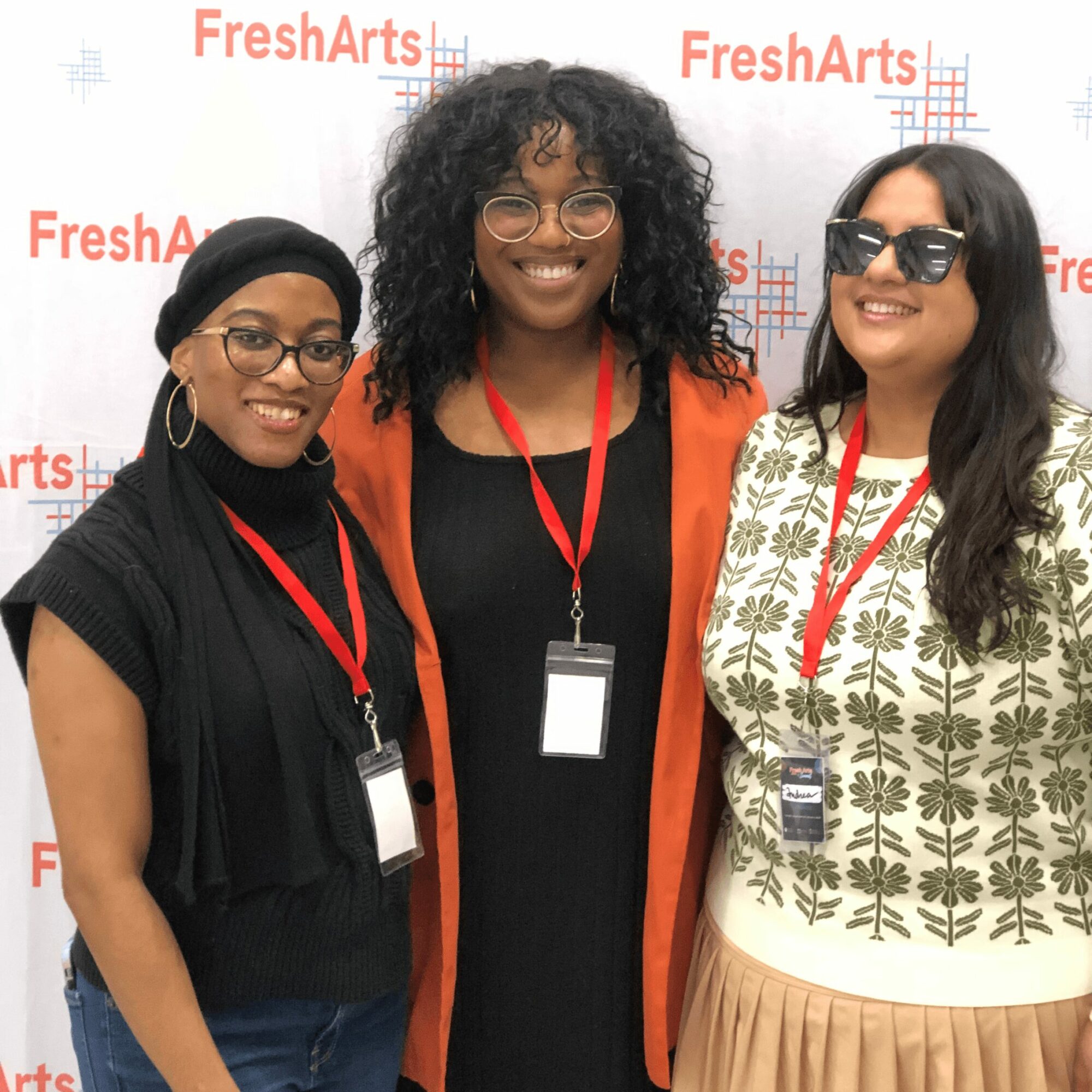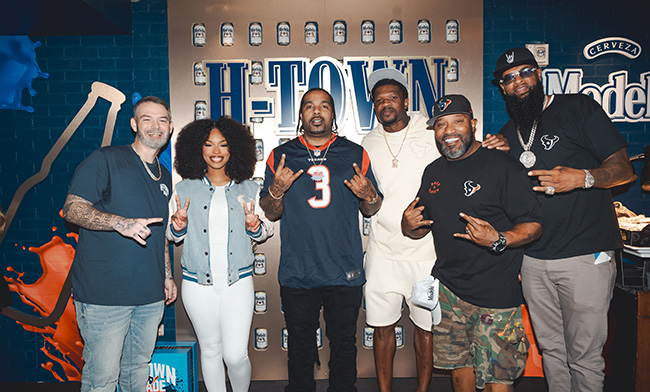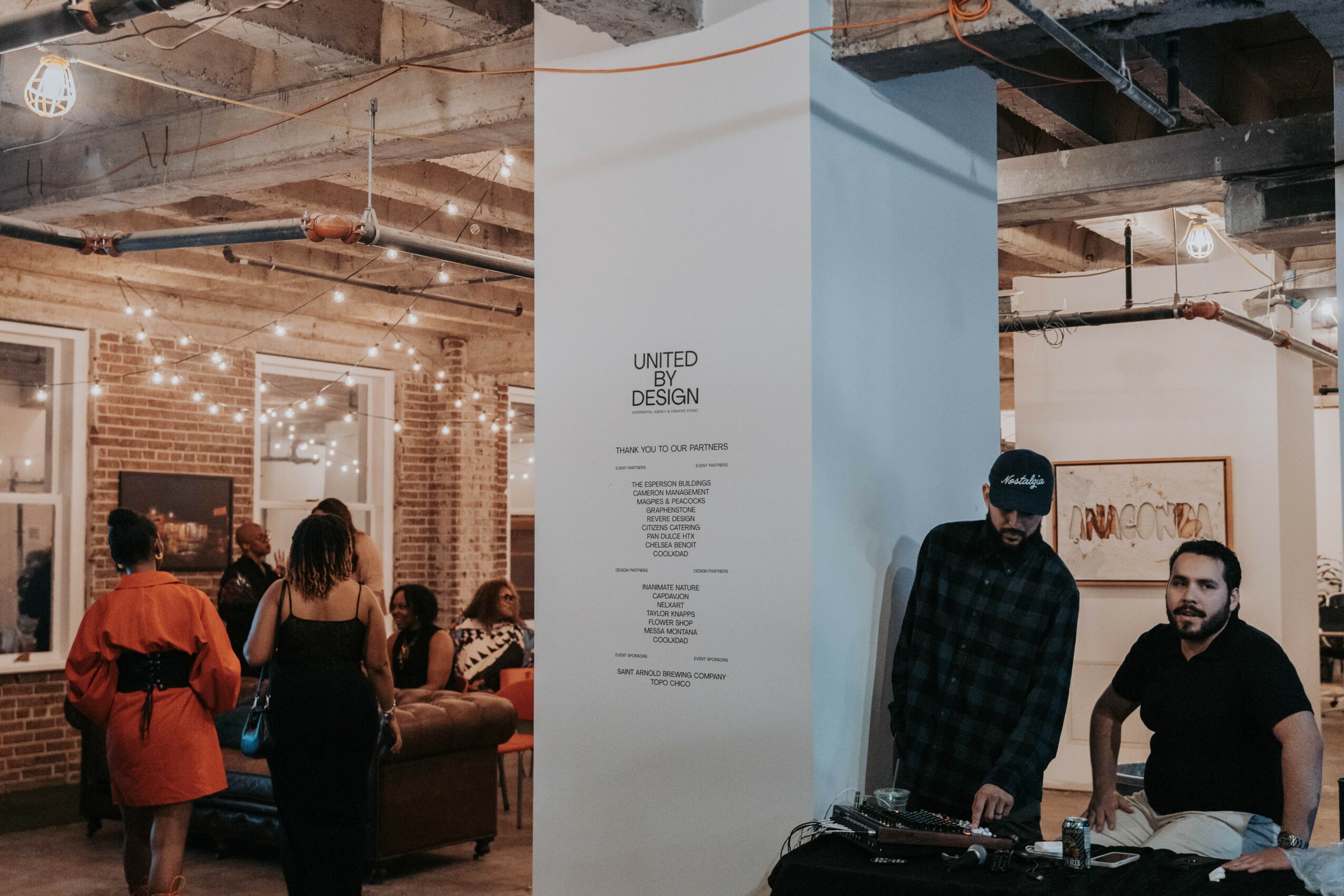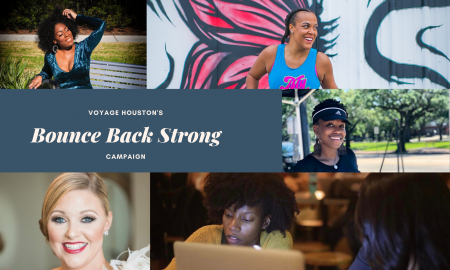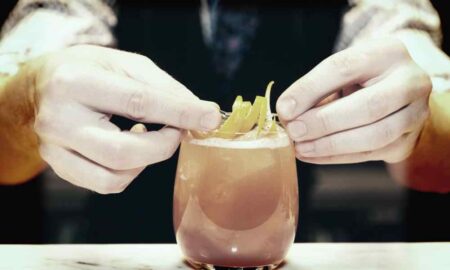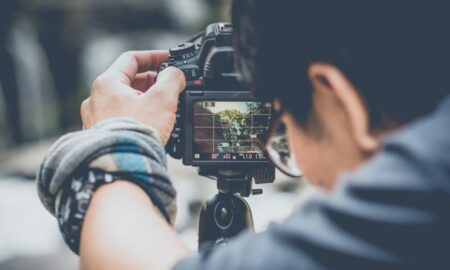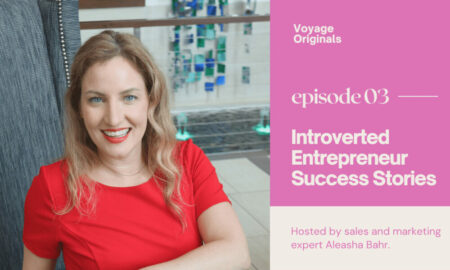

Today we’d like to introduce you to Melanie Ernestina
Alright, so thank you so much for sharing your story and insight with our readers. To kick things off, can you tell us a bit about how you got started?
My name is Melanie Ernestina, and I’m a creative producer and strategist from Houston, Texas. You might know me from co-founding Fine Arts Forward in 2020, a grassroots organization dedicated to making the arts accessible to everyone. In 2023, I joined United by Design (UXD), a Houston-based creative agency that transforms spaces through art. It was here that I discovered Graphenstone, a paint made from natural limestone that absorbs CO2 and cleans the air when exposed to light. This innovative product opened my eyes to the powerful connection between art and sustainability.
Inspired by this, I created CAMP, the Carbon Absorbing Mural Program, a collaboration between UXD and Graphenstone. CAMP uses public art projects, like murals painted with Graphenstone, to make spaces beautiful while helping the environment. But it’s not just about art—it’s about community. Through workshops and events, we invite people to explore climate action in creative ways and engaging ways. These projects show how small actions can make a big difference.
This work is deeply personal to me. From my time as a theater educator to studying at CalArts during wildfires and the pandemic, I’ve seen how challenges can spark creativity and resilience. CAMP is my way of turning those experiences into something meaningful—using art to inspire hope, action, and change. With this program, we’re reimagining what art can do for the world, and we’re just getting started.
Can you talk to us a bit about the challenges and lessons you’ve learned along the way. Looking back would you say it’s been easy or smooth in retrospect?
2020 changed everything—and five years later, it’s clear we are not in a good place. That’s me being candid. The realities of climate change, natural disasters, and the ongoing struggle for disaster relief prove that we aren’t being honest or proactive about our role in the planet’s health. CAMP is my way of confronting this head-on.
One of the hardest parts of creating something like CAMP is leading others through your vision, especially when the issues you’re addressing—climate change and access to the arts—are both undervalued in society. Neither sustainability nor the arts are new concepts, but they are often treated as secondary priorities. We know the devastating impacts of oil and gas companies, yet they aren’t held accountable on a meaningful scale. We see billionaires extract natural resources to create technology, often with no intention of reinvesting in the communities they affect or the planet they exploit. We’re aware of the harm caused by unchecked carbon emissions, wasteful construction practices, and infrastructure that’s ill-equipped to withstand the realities of climate change. And yet, it’s still hard to get people to care—or act.
The same struggle exists in the arts. While the arts have always entertained and inspired, they are rarely given the support they deserve. Art education and access are often treated as luxuries rather than necessities. In schools, art is frequently the first program to be cut or defunded, overshadowed by the emphasis placed on sports and STEM subjects. The irony is that both sustainability and the arts are critical to our survival as a species, yet they remain some of the least invested-in aspects of our society.
With CAMP, I am advocating for both. My mission is to elevate art and sustainability, not as “nice-to-haves,” but as vital tools for education, inspiration, and action. These two areas are public favorites when it comes to appreciation, but they aren’t valued on the same level when it comes to philanthropic support. The days of organizations like the Ford and Rockefeller Foundations funding transformative arts programming and social initiatives feel like a thing of the past. Now, we have to fight for every resource and every conversation.
Still, I believe in this work. CAMP isn’t just about painting murals or holding workshops—it’s about showing people that the arts and sustainability are interconnected forces that can drive real change. It’s about creating a space where people feel empowered to care and act, for both the planet and their communities. The road hasn’t been smooth, but that’s what makes the journey so important.
Thanks – so what else should our readers know about your work and what you’re currently focused on?
My journey as an artist has been dynamic and ever-evolving. It began with dance, then expanded to singing, acting, writing, teaching, directing, producing—and now, here I am, a lifelong arts advocate. Each phase of my journey has not only shaped my skills but also deepened my understanding of the transformative power of the arts.
One of the chapters I’m most proud of is my time as a theater educator at Dulles High School (FBISD) and Killough Middle School (Alief ISD). Those years were, without a doubt, some of the most challenging of my life, but they were also the most rewarding. Teaching theater wasn’t just about creating performances—it was about helping students connect with themselves, with each other, and with the world around them. I saw firsthand how the arts helped students find their voices, build confidence, and develop skills that extended far beyond the stage.
What sets me apart is my unwavering belief in the arts as a tool for growth, understanding, and change. I don’t see the arts as mere entertainment; I see them as essential to our development as humans. Whether through teaching, advocating, or creating, my goal has always been to make the arts more accessible and impactful for everyone. Now, as I’ve transitioned into sustainability-focused work like CAMP, I bring that same mindset to the intersection of art and climate action. I’m using everything I’ve learned—from dancing to directing—to make a difference in how we approach both the arts and the environment. I want people to see that creativity isn’t just an individual act but a collective force capable of solving big problems.
At the heart of everything I do is a commitment to community and the belief that art has the power to transform lives. Whether it’s in a classroom, on a stage, or through a mural project, that’s the mission that drives me—and what I’m most proud to champion.
What are your plans for the future?
The next four years will be a crucial time for all of us—globally, socially, politically, and environmentally. We’re at a pivotal moment in humanity where our actions (or inaction) will determine the kind of future we leave behind. As a society, we continue to grapple with cycles of violence, intolerance, and harm—both to ourselves and to our planet.
We already know what the future might hold if we don’t change course, but I remain hopeful for a collective awakening—a BIG shift in how we treat each other and our environment. I believe that change begins with small, intentional actions that ripple outward, and that’s exactly what I’m working toward through CAMP.
For me, the next few years are about fostering creativity and community-driven solutions. Whether through public art projects, climate-focused workshops, or partnerships with like-minded organizations, I’m committed to being part of the movement toward a more sustainable and compassionate world. I’m excited to see what we can create together when we choose to embrace change—not just as individuals, but as a global community.
Contact Info:
- Website: https://www.melanieernestina.com
- Instagram: @melanieernestina
- LinkedIn: https://www.linkedin.com/in/melanieeburke/
- Other: https://linktr.ee/MelanieErnestina
